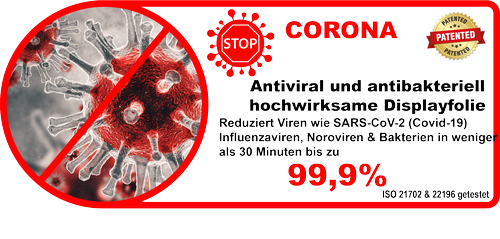Test process
The pencil is pressed against the surface with a defined force (known from the standard) and drawn across it. In order to obtain comparable results, it is important to keep both the pencils and the weight pressing on the surface identical. Pencils from different manufacturers show significant differences in pencil hardness, even though they are labeled with the same pencil hardness H. It is therefore all the more important to understand that a pencil hardness of 9H is in principle a very good surface hardness. However, it should be noted that a comparative value is only valid with identical pencils. In addition, the pressure (weight) with which the test was carried out must always be specified. At Neoxum, we test our materials with Staedtler pencils and a weight of 500 g. The weight measured on the pencil tip with the test equipment is 553 g measured with a scale. For internal tests, we even test with a weight of 1000 g.

ASTM D 3363 pencil hardness test Test equipment with 500 g

Surface hardness Display protection material Test according to ASTM D 3363 with 1000 g

Test setup with 1000 g for scratch hardness test ASTM D 3363
Testequipment
A PMMA sheet is placed on a solid horizontal surface. Strips of the display protection material to be tested are cut from the standard material (approx. 2-3 cm wide and 6-8 cm long). The pencil with a defined pencil hardness is held firmly against the film at an angle of 45° (tip away from the operator) and pushed away from the operator in a stroke of at least 6.5 mm. in order to be able to carry out and repeat this scratch hardness test in exactly the same way without the influence of the tester, we at Neoxum use a sled apparatus (ASTM D3363 test equipment).

Carriage for holding the pencils for ASTM D 3363 and ISO 15184 testing
In contrast to the original ASTM regulation, at Neoxum we start with pencil hardness 1H and if the display protection material is not scratched, the test is continued with the post-hardened pencil. The following pencil hardnesses are used at Neoxum: 1H, 2H, 4H, 4H, 5H, 8H and 9H. If no scratches appear on the surface of the film or hybrid glass during the pencil hardness test, the material has at least this degree of surface hardness. The result is validated by a second test. The test is then continued with the next hardest pencil and checked again to see whether the harder pencil scratches the material. If this is not the case again, the material has at least this degree of hardness. If the material is scratched, the display protection material offers the previous pencil hardness.

Scratch hardness test ASTM 3363 iso 15184 howto

Setup for testing the surface hardness of the display protection film and hybrid glass - in this case with 1000 g (normally tested with 500 g)

Weight with 250 g. For internal tests, the pencil hardness test is carried out with 2x 250 g + 500 g = 1000 g in addition.

Test surface hardness of hybrid glass according to ASTM D3363
Results
Our PET-based display film material achieves a hardness of at least 3H. When tested with a 4H pencil, only minimal, non-visible scratches are missed with a fresh, sharp pencil. The second post-test is consistently OK, so that a 4H surface hardness is also valid. We therefore describe the surface hardness of our display film material as 3H to 4H.
Comparison of the surface hardness of screen protectors and hybrid glass
Screen protection films
Neoxum display protection films in industrial quality are made of PET (polyethylene terephthalate). The same resistant material that beverage bottles are made of. The extremely robust material in
matt anti-reflective for anti-reflective display films offers a certain degree of protection against scratches and impacts, but is generally softer than glass.
The scratch resistance of Neoxum screen protectors is 3H to 4H.
OnScreen® Hybridglass
Hybrid glass is a mixture of plastic and glass that combines the flexibility of plastic with the hardness of glass. Neoxum
OnScreen® Hybrid glass offers
superior scratch resistance compared to conventional films and has a scratch hardness of 9H, similar to tempered glass. The clear version of hybrid glass, for example, is very suitable for optical applications that require extremely high scratch resistance.
Conclusion
The ASTM D 3363 test method provides a standardized and reliable method for measuring the surface hardness of coatings and materials such as screen protectors and hybrid glass. These tests allow consumers to make better informed decisions about the protection of their devices. Hardness is assessed by determining the hardest pencil that leaves no visible marks. This provides information about the material's resistance to mechanical influences. It should always be noted that comparisons can only be made if pencils from the same manufacturer are used and are measured with an identical weight load, e.g. 500 g.
Harder materials, such as Neoxum OnScreen® hybrid glass, offer even better protection and are even more resistant to scratches compared to screen protectors, which already provide excellent protection against scratches and damage.


















 . A strong 256-bit encryption secures the data transfer. With our externally issued SSL certificate, we are transparent and compliant. In addition to the SSL-secured website, we take data protection very seriously.
. A strong 256-bit encryption secures the data transfer. With our externally issued SSL certificate, we are transparent and compliant. In addition to the SSL-secured website, we take data protection very seriously.
Latest comments